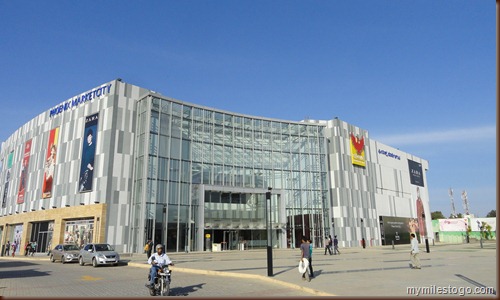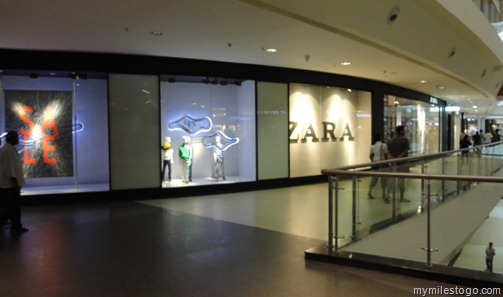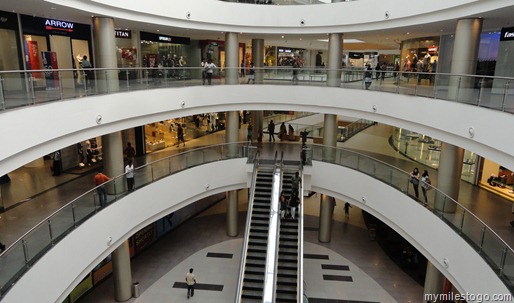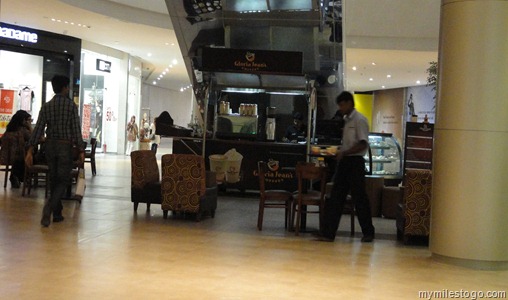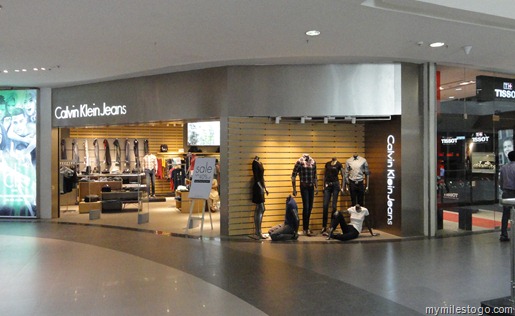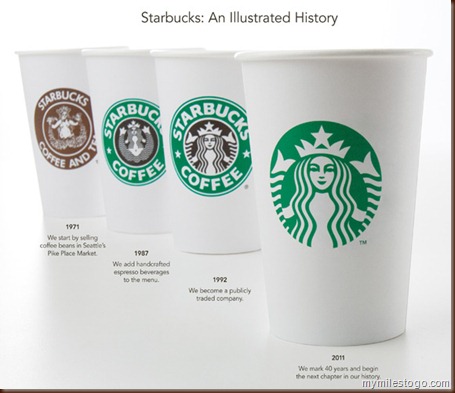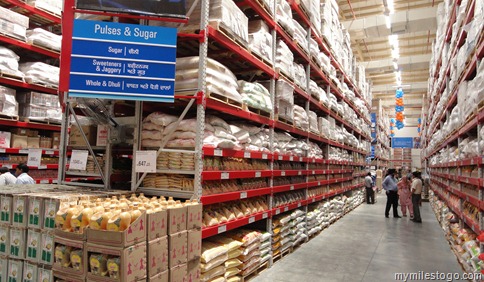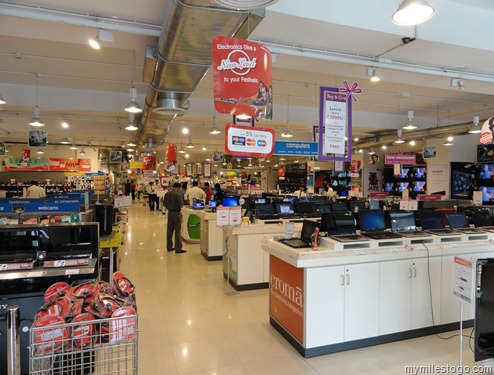Yet another mall opened its doors recently in Bangalore – this time in the far eastern limits of Bangalore, near Whitefield. After a successful launch at Pune and Mumbai, the Mumbai-based Phoenix Mall Management has launched their prestigious project in Bangalore. This is the largest mall in town with an estimated 1.80 million square feet of space – a multi-development concept and one of its kind in the city that also includes a half a million square feet of office space, a 5 Star hotel with 236 rooms, a service apartment with 174 rooms and a multiplex spread over 55,000 sq ft. The external beauty lies in the fact that it is horizontally spread than vertically – all of four floors and a lower ground which connects directly to the most spacious parking lot which is well spread and brightly lit. The construction architecture is minimalistic with no jazz – focus is on the Retail Stores than crazy designs and confusing walkways. This mall also launched for the first time in Bangalore, marquee brands such as Zara, the Spanish fast-fashion retail chain in a JV with the Tatas (Also Read: Starbucks India – a TATA Alliance), Calvin Klein, Gant and California Pizza Kitchen. The main anchors include Big Bazaar, India’s largest Grocery and Homewear Hypermarket chain, MAX Hypermarkets, Reliance Trends, Reliance Digital and Reliance Time-Out. Regular Mall names such as Benetton, Tommy, Fab-India, Titan, Louis Philippe, Arrow are present while a few such as Café Coffee Day, Barista are conspicuously missing!
The best thing about the mall is that it has everything – for the first time, multiple entrances – from the main entry gate, from the sides (Drop-off area), and from the basement parking area. The Ground Floor (entry level) is rather wide and broad – spacious enough to make it appear like a premium mall. Tommy, Gant and Zara welcome visitors with their bright signages and show-windows. Once inside, the shopper gets to see the wide expanse through well thought out and planned cut-off areas – from one floor, there is ample visibility to other floors.
The anchors are also well spread. Big Bazaar is closer to the Parking Area so it would be easier for customers to take their shopping trolleys to their vehicles; however one needs to walk almost half a mile to the main road if they don’t have a personal transportation – an area that must have been given thought to. Max Hypermarkets welcome you once the shopper enters from the lower basement. Pantaloon Fashion store is placed in the upper floor while Reliance Digital (the Electronics Store) is in the lower basement too. There is a small gifts shop – all of 400 sq ft which is packed with curious onlookers for all the fancy cheap Chinese imports that the store has. The Foodcourt is as always, on the top floor nearer to the Cinema Halls while the Gloria Jeans coffee shop is sadly placed beneath an escalator with sparsely spread out seats – some wooden and some sofa seating in some random manner! Obviously, the café doesn’t commensurate its great coffee with its ambience. The other coffee shop, Costa is placed on the top floor – some logic I guess!
I walked for over an hour, before understanding the layouts and placements, familiarizing myself – I scored lesser marks in my own purview although I wonder if shoppers would get to know it even after as many as 3-4 visits. Zoning, which I know personally had taken many months with inputs from some fabulous international consultants is to say the least, sad. Maintenance costs would be sky high I guess – air-conditioning such a wide area with two dozen security guards for over 14 hours a day is not going to be cheap or easy. The escalators – onward and downward are placed next to each other thereby not diverting traffic in various directions. Signages- although we don’t read as much – are scarce.
Overall, this Mall has tried to become everything to everyone – a premium mall in one-fourth of its space and a normal neigbourhood shopping centre with the rest. While Big Bazaar and Max are expected to draw a different set of clientele than, say a Zara or Gant, they are placed far behind – from a real estate point of view, this probably makes sense. But just that. Most people who intend to shop at a Hypermarket would be passing through premium retail stores – not only would they find it out of place but also a bit weird. Also, the Hypermarkets, whose predominant customer base are those who depend on autos and two-wheelers would find it taxing to come and shop here. And btw, Big Bazaar has its store close by – within a 3 km distance to be precise. Other than being a show piece, I wonder if they have any other reason to be here. And for the customers of premium Branded Retail stores – the car parking areas are just too far away. Wonder if that would put them off. Except if they have specifically come to shop at, say the iconic Calvin Klein.
Firstly, does Bangalore need such a large Mall? With congested roads and consistently heavy traffic not just at the CBD but almost everywhere in the city, what we need are a number of neighbourhood malls – within a 4-5 sq km radius and within a 15-20 minute drive. And this everything under one roof doesn’t work as much. Bangalore, or most Indian cities do not attract a huge tourist population such as Dubai or Singapore. Nor are our prices globally competitive, rather more expensive. The semi-urban crowd that comes to the larger metros and cities rather stick to traditional shopping areas (Read: Downtown shopping centres, predominantly the semi-organized retail stores). The Mall also needs to attract 3-4 times what the best Mall in town attracts today – to support the single-digit conversions at its stores. For a Mall that is located so far off, it is anybody’s guess if the Mall or its tenants would do well in the first few years. Maybe over 3-4 years, the location would attract some traction.
Needless to say, the group has invested significantly and so have the Retailers. Here’s wishing them good luck in times to come.
